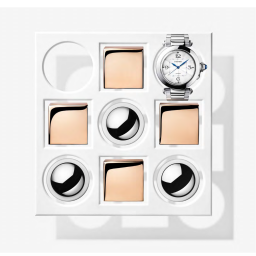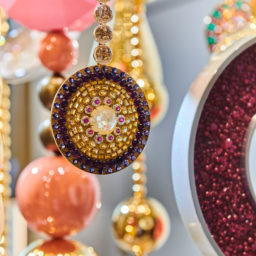For two days late last month, Cartier’s New Bond Street boutique was bustling with intense activity.
An endless stream of black cars pulled up in front of the newly renovated store nestled inside a historic building in the heart of London’s Mayfair district. Hostesses busily checked digital guest lists, and, upon their approval, the uniformed doorman stepped aside to welcome some of London’s most famous fashion and art-world personalities into the lushly decorated five-story boutique.
Reopened last December, Cartier’s New Bond Street shop is more than just a gleaming flagship store in London. The boutique now offers in-house cultural events with industry figures, and branded experiences that go beyond the standard brick-and-mortar luxury shopping experience. Home to Cartier since 1909, the store is described by Cyrille Vigneron, president and chief executive of Cartier International, as “a strong symbol that is anchored in the past, living in the present, and looking to the future with confidence.”
The transformation of its 7,000 square feet is the work of the Paris-based architect Bruno Moinard, whose task was in part to renovate the interior to resemble a grand English home in order to bring out the “British side of Cartier’s identity.”
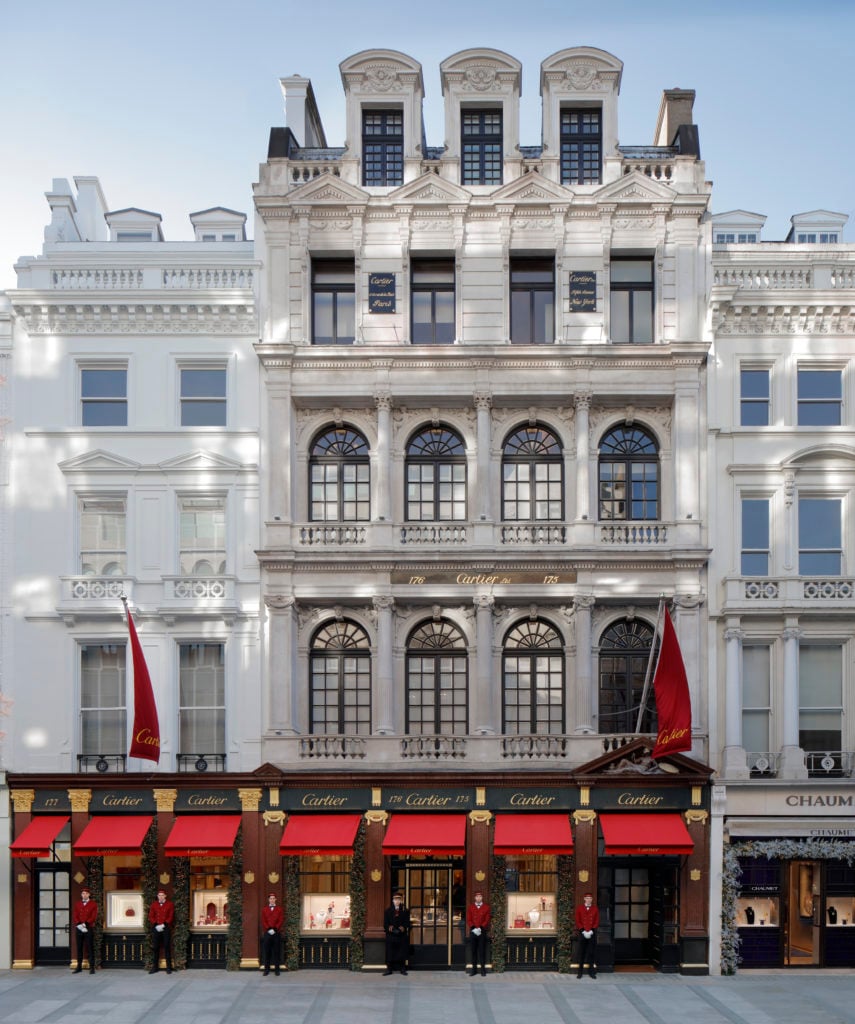
The facade of Cartier’s New Bond Street boutique. Photo by Kalory Photo & Video, courtesy of Cartier.
The ground floor is dedicated to Cartier’s current collections of jewelry, which greet visitors upon entry. An interior staircase offers a charming alternative to a discreetly concealed elevator for those specially invited up to the high jewelry space on the first floor. There, a selection of Cartier’s most recent creations can be admired in the main salon or under the natural light that floods the lush winter garden in the back. There is also an intimate but equally luxurious “salon bleu”—a discreet meeting room where high jewelry clients can try on pieces in private—which Vigneron chose for his interview with artnet News.
“Before the renovation, the New Bond Street boutique consisted mainly of a ground floor with a boardroom and offices upstairs,” Vigneron said. “We felt it was more interesting to occupy the entire building. Today, the space open to clients has more than doubled. We have different salons for receiving and entertaining clients, including at La Résidence which has, now, a main salon, a bar, and even a boudoir.”
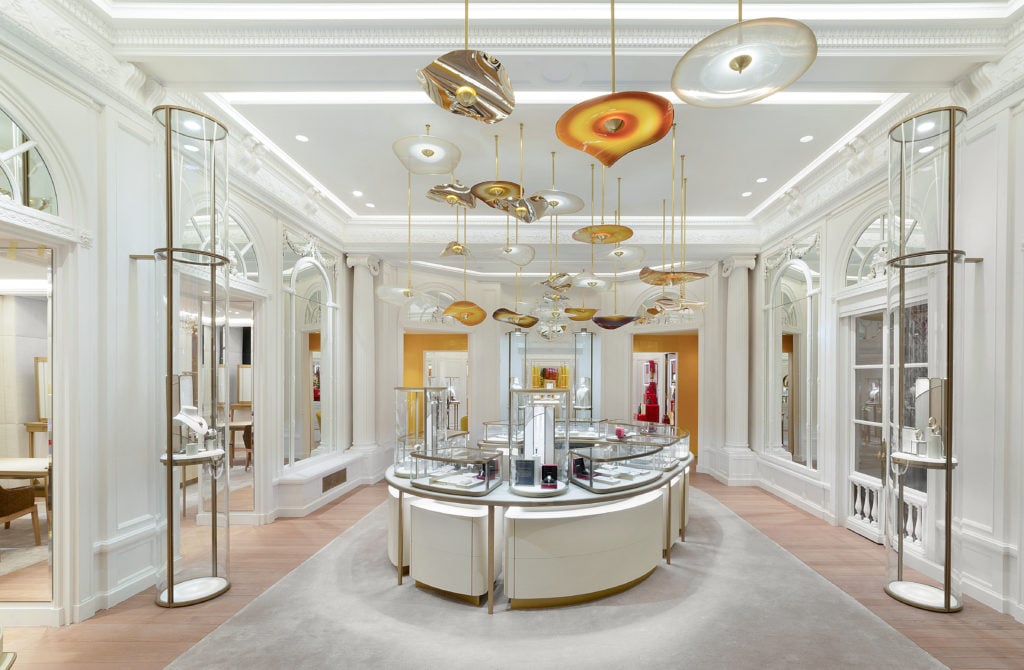
The ground floor at Cartier’s New Bond Street store. Photo by Kalory Photo & Video, courtesy of Cartier.
Vigneron was in London to host a series of events aimed at celebrating the British chapter of Cartier’s history and future, of which the new retail spaces are a significant part. Just down the street, the Old Bond Street boutique has also been renovated recently to serve clients looking for a wider range of Cartier products and personalized services. Both boutiques, in tandem, will cater to Cartier’s clients with different needs, through complementary retail experiences.
The extensive makeover of the two boutiques underscores the importance of London for Cartier. Historically, the Parisian jeweler’s London odyssey began in 1902, when the capital city became Cartier’s first international outpost. Jacques Cartier, the grandson of the house’s founder, Louis-François, chose Bond Street as his “temple”—a term used by Cartier to refer to its flagship shops—while his brothers, Louis and Pierre, ran the Paris store and the New York flagship, respectively.
After just two years in London, Cartier obtained its first Royal Warrant of Appointment, making it an official supplier to the Royal court of England, and earned praise from King Edward VII, who famously described the house as “the jeweler of kings and the king of jewelers.” At that time, Cartier had made some of the spectacular tiaras worn to royal coronations. Today, some of the magnificent pieces made for British royals and aristocrats are housed within Cartier’s historic collection.
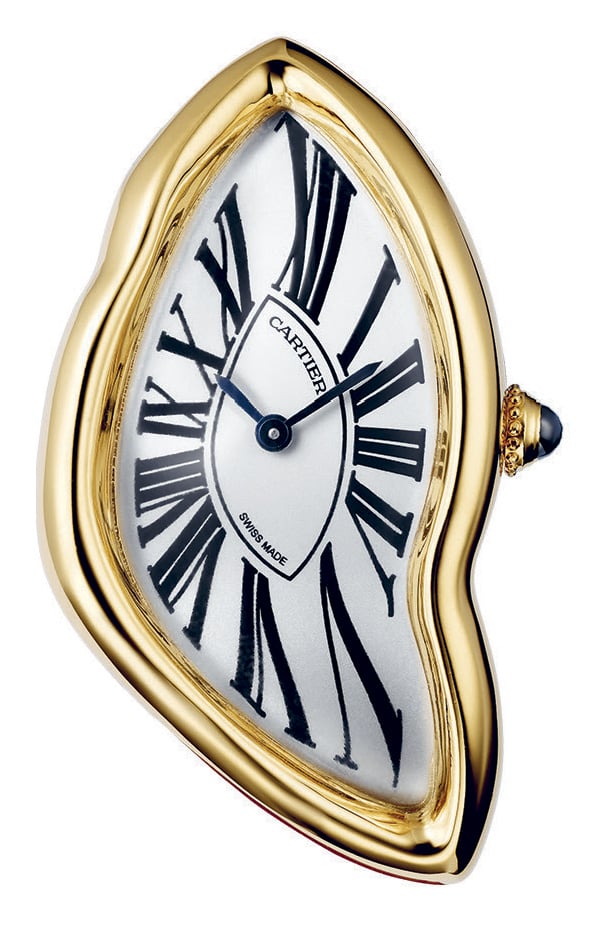
The 1967 Cartier Crash watch. Photo courtesy Cartier.
In later years, the originality and irreverence of London in the Swinging Sixties brought a “British twist” to Cartier’s style, according to Vigneron. “Our Crash model was born here,” he said, of the line of 1967 watches inspired, it is said, by the twisted remains of a Cartier Baignoire Allongée wristwatch that was distorted in a car crash. A new gold version and a diamond-set limited edition of the Crash watch are available today, exclusively at the New Bond Street boutique.
La Résidence, one floor up from the high jewelry floor, is the store’s new VIP space. It features a few historical Cartier pieces, but no current products. In the past year, it has been the venue for many of Cartier’s most exclusive events, including the launch of the house’s Magnitude high-jewelry collection last spring. “Today, the notion of retail and the communication around it have evolved,” Vigneron said. “That is why we have renovated our New Bond Street boutique to be more beautiful, and made it into a place where we can invite our clients on a more intriguing journey of discovery.”
At La Résidence, Cartier hosted a series of talks that debuted with an introduction by Pierre Rainero, Cartier’s style and heritage director, who lauded the inspiring energy of London before lending the stage to a panel of some of the city’s most creative minds, who were invited to share their own insights into life in London.
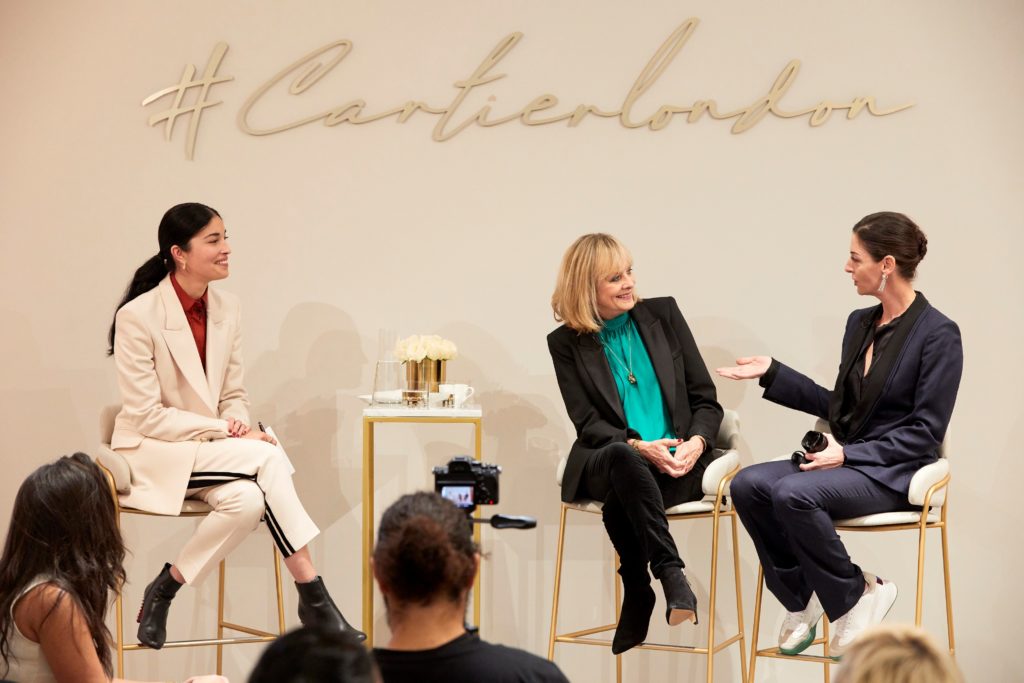
Caroline Issa with Twiggy and Mary McCartney. Photo courtesy Cartier.
Moderated by Caroline Issa, the chief executive and fashion director of Tank, a culture magazine, the conversations brought an array of perspectives—some unexpected—to the event. The artist and set designer, Es Devlin, known for her extraordinary stage sculptures, spoke about being a “London rebel” and what she considered to be “the rules for rule breakers.” Fashion designers Roksanda Ilincic and Grace Wales Bonner discussed, in style terms, what they considered to be a “true original” or a “classic with a twist.” The model and humanitarian activist Alec Wek spoke about her childhood in London as a war refugee from South Sudan. Even the famous fashion model Twiggy dropped by to reminisce about London as the epicenter of pop culture.
“We are rethinking the notion of the boutique, as a place for entertaining and showing novelties, but also for presenting themes and for putting on exhibitions,” Vigneron said.
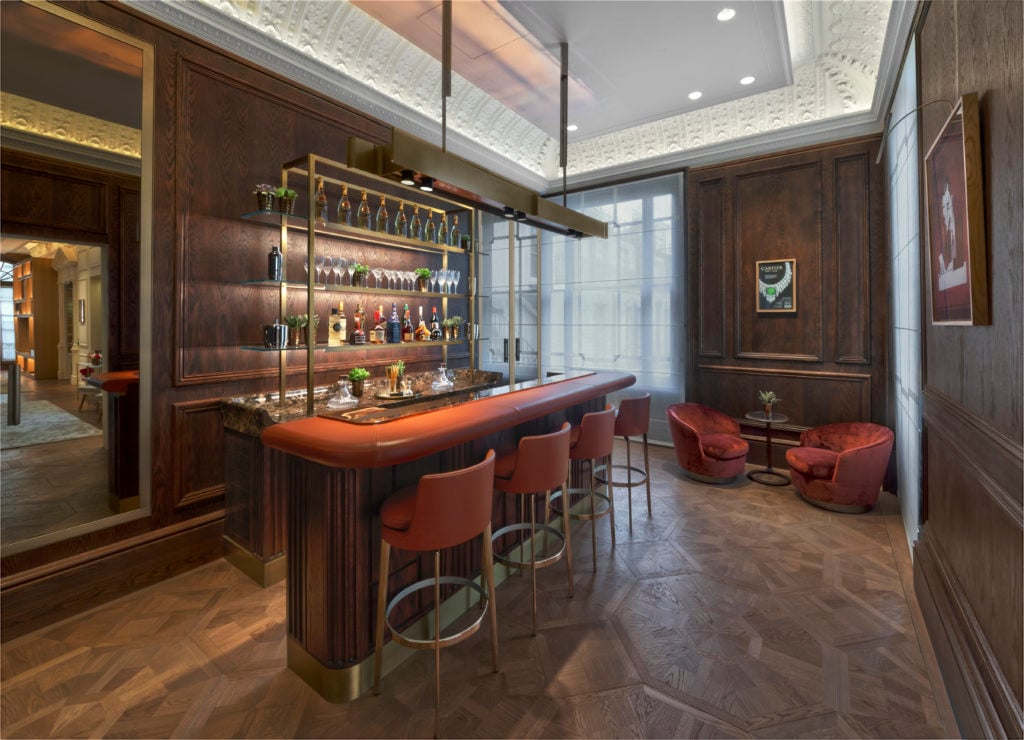
The bar at Cartier’s New Bond Street store. Photo by Kalory Photo & Video, courtesy of Cartier.
At sundown, Cartier held a very British soirée for friends of the house at the trendy Chiltern Firehouse hotel. French champagne and English martinis—shaken not stirred—flowed together throughout the night as guests enjoyed dinner followed by musical performances by Rita Ora, clad in a Cartier-red gown, DJ Marc Ronson, and British singer Grace Carter.
The evening brought to a fitting close the first of two days of engaging conversation and activities, creating the kind of stimulating retail experience that Vigneron hopes will establish a new relationship between Cartier and today’s luxury client.








